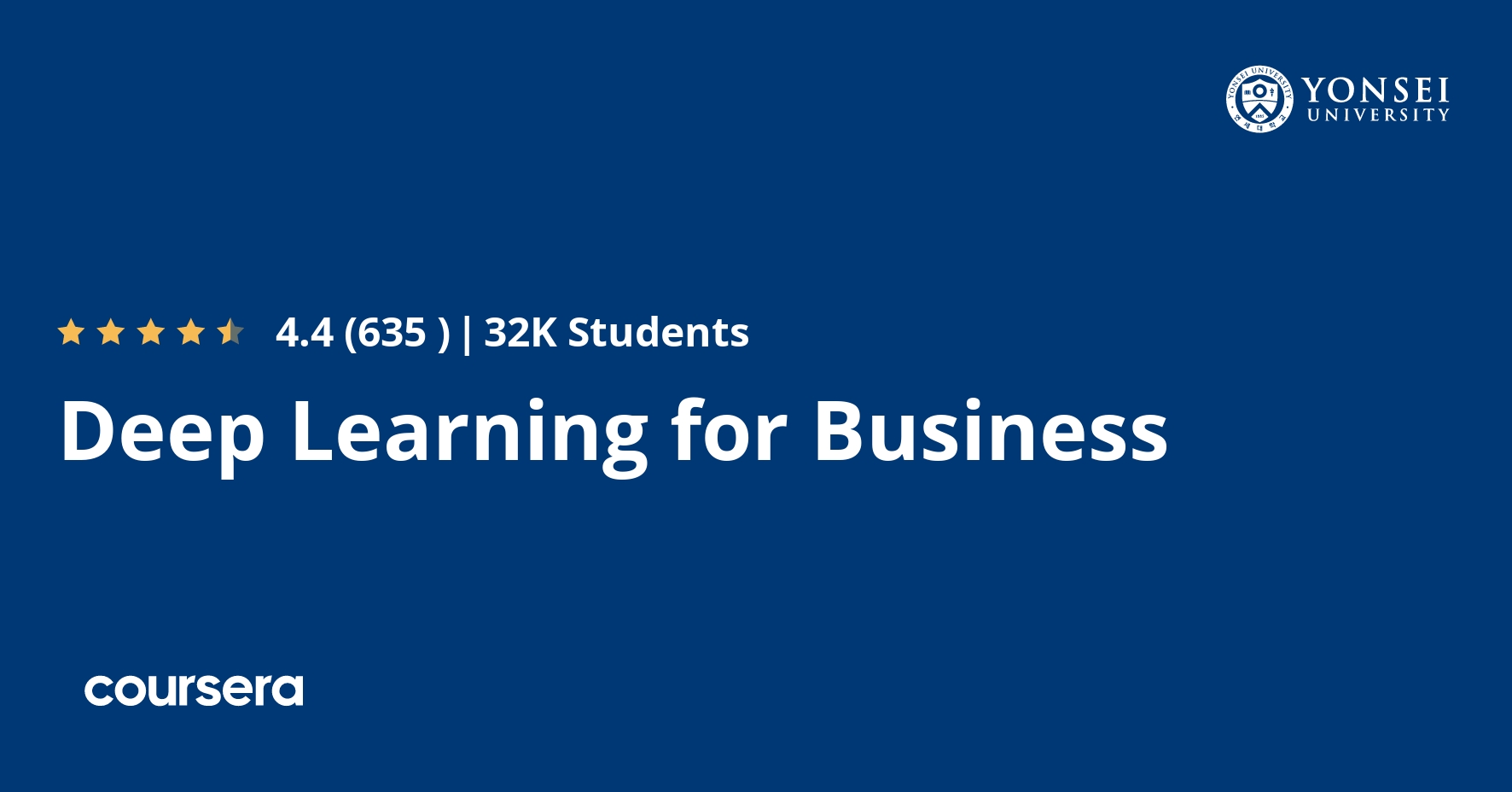Description
Your smartphone, smartwatch, and automobile (if it is a newer model) have AI (Artificial Intelligence) inside serving you every day. In the near future, more advanced “self-learning” capable DL (Deep Learning) and ML (Machine Learning) technology will be used in almost every aspect of your business and industry. So now is the right time to learn what DL and ML is and how to use it in advantage of your company. This course has three parts, where the first part focuses on DL and ML technology based future business strategy including details on new state-of-the-art products/services and open source DL software, which are the future enablers. The second part focuses on the core technologies of DL and ML systems, which include NN (Neural Network), CNN (Convolutional NN), and RNN (Recurrent NN) systems. The third part focuses on four TensorFlow Playground projects, where experience on designing DL NNs can be gained using an easy and fun yet very powerful application called the TensorFlow Playground. This course was designed to help you build business strategies and enable you to conduct technical planning on new DL and ML services and products.
What you will learn
Deep Learning Products & Services
For the course “Deep Learning for Business,” the first module is “Deep Learning Products & Services,” which starts with the lecture “Future Industry Evolution & Artificial Intelligence” that explains past, current, and future industry evolutions and how DL (Deep Learning) and ML (Machine Learning) technology will be used in almost every aspect of future industry in the near future. The following lectures look into the hottest DL and ML products and services that are exciting the business world. First, the “Jeopardy!” winning versatile IBM Watson is introduced along with its DeepQA and AdaptWatson systems that use DL technology. Then the Amazon Echo and Echo Dot products are introduced along with the Alexa cloud based DL personal assistant that uses ASR (Automated Speech Recognition) and NLU (Natural Language Understanding) technology. The next lecture focuses on LettuceBot, which is a DL system that plants lettuce seeds with automatic fertilizer and herbicide nozzles control. Then the computer vision based DL blood cells analysis diagnostic system Athelas is introduced followed by the introduction of a classical and symphonic music composing DL system named AIVA (Artificial Intelligence Virtual Artist). As the last topic of module 1, the upcoming Apple watchOS 4 and the HomePod speaker that was presented at Apple’s 2017 WWDC (World Wide Developers Conference) is introduced.
Business with Deep Learning & Machine Learning
The second module “Business with Deep Learning & Machine Learning” first focuses on various business considerations based on changes to come due to DL (Deep Learning) and ML (Machine Learning) technology in the lecture “Business Considerations in the Machine Learning Era.” In the following lecture “Business Strategy with Machine Learning & Deep Learning” explains the changes that are needed to be more successful in business, and provides an example of business strategy modeling based on the three stages of preparation, business modeling, and model rechecking & adaptation. The next lecture “Why is Deep Learning Popular Now?” explains the changes in recent technology and support systems that enable the DL systems to perform with amazing speed, accuracy, and reliability. The last lecture “Characteristics of Businesses with DL & ML” first explains DL and ML based business characteristics based on data types, followed by DL & ML deployment options, the competitive landscape, and future opportunities are also introduced.
Deep Learning Computing Systems & Software
The third module “Deep Learning Computing Systems & Software” focuses on the most significant DL (Deep Learning) and ML (Machine Learning) systems and software. Except for the NVIDIA DGX-1, the introduced DL systems and software in this module are not for sale, and therefore, may not seem to be important for business at first glance. But in reality, the companies that created these systems and software are indeed the true leaders of the future DL and ML business era. Therefore, this module introduces the true state-of-the-art level of DL and ML technology. The first lecture introduces the most popular DL open source software TensorFlow, CNTK (Cognitive Toolkit), Keras, Caffe, Theano, and their characteristics. Due to their popularly, strong influence, and diverse capabilities, the following lectures introduce the details of Google TensorFlow and Microsoft CNTK. Next, NVIDIA’s supercomputer DGX-1, that has fully integrated customized DL hardware and software, is introduced. In the following lectures, the most interesting competition of human versus machine is introduced in the Google AlphaGo lecture, and in the ILSVRC (ImageNet Large Scale Visual Recognition Challenge) lecture, the results of competition between cutting edge DL systems is introduced and the winning performance for each year is compared.
Basics of Deep Learning Neural Networks
The module “Basics of Deep Learning Neural Networks” first focuses on explaining the technical differences of AI (Artificial Intelligence), ML (Machine Learning), and DL (Deep Learning) in the first lecture titled “What is DL (Deep Learning) and ML (Machine Learning).” In addition, the characteristics of CPUs (Central Processing Units) and GPUs (Graphics Processing Units) used in DL as well as the representative computer performance units of FLOPS (FLoating-Point Operations Per Second) and IPS (Instructions Per Second) are introduced. Next, in the NN (Neural Network) lecture, the biological neuron (nerve cell) and its signal transfer is introduced followed by an ANN (Artificial Neural Network) model of a neuron based on a threshold logic unit and soft output activation functions is introduced. Then the extended NN technologies that uses MLP (Multi-Layer Perceptron), SoftMax, and AutoEncoder are explained. In the last lecture of the module, NN learning based on backpropagation is introduced along with the learning method types, which include supervised learning, unsupervised learning, semi-supervised learning, and reinforcement learning.




